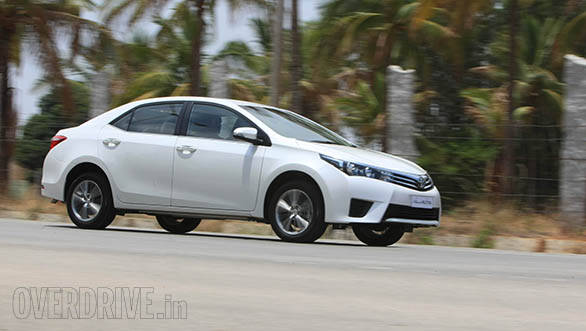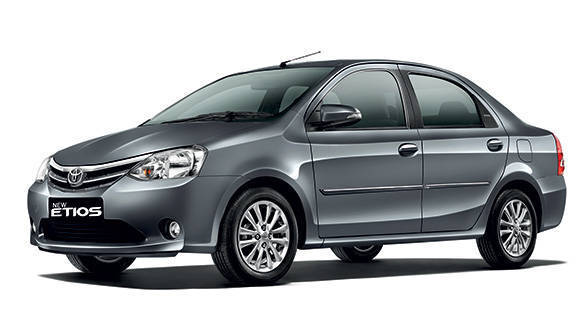Toyota recalls 5.8 million cars worldwide to fix faulty airbags
Toyota Motor Corporation is recalling over 5.8 million cars worldwide to fix faulty airbags manufactured by Takata Corporation. Toyota states that the airbags do not have the required drying agent to prevent the buildup of moisture which in turn causes the airbags to explode, spraying shrapnel into the car's cabin. Over 100 instances have been reported globally, and over 12 people have died due to these explosions.

Takata uses ammonium nitrate in its inflators which become unstable over long periods of exposure to moisture and heat. The manufacturer switched from tetrazole to ammonium nitrate in 2001. Ammonum nitrate is highly unstable and can explode violently. The chemical is cheap which makes it desirable for manufacturers.
The affected cars were produced between May 2000 and November 2001, and April 2006 and December 2014. Ironically, the cars manufactured between May 2000 and November 2001 had been also recalled in 2010 to fix an airbag issue. Around 20,000 cars were fitted with new airbags, which lacked the drying agent.

A statement released by Toyota says that the recall affects about 1.16 million vehicles sold in Japan, about 820,000 cars sold in China, and around 1.47 million cars in Europe. Popular models such as the Corolla, Yaris, Hilux (Fortuner), and Etios sedan and hatchback are in the list of affected models. We've spoken to officials from Toyota India, and they will confirm if the Etios range as well as the Corolla and Fortuners that were manufactured in India are also part of the global recall. We will update this story as soon as we get a confirmation.
Takata has increased production of new airbags to help the carmaker meet the recall requirements. It is also looking for investors to pump in some money to keep its factories running and meet the demand. Takata is also expected to reimburse the carmaker a small fraction of the costs involved in the whole recall process.
Airbags deploy by means of a propellant. When car sensors detects a crash, a chemical reaction is triggered by a propellant. A block of chemicals sits inside a flattened metal canister until heated up, which then makes these chemicals expand gaseously when the airbag needs to inflate. Vents at the back of the airbag allow the gases to escape, preventing the bag from blowing up. All of this happens in a matter of milliseconds.
Related Stories
Top Stories
Latest Videos
Most Popular
- Upcoming Mahindra XUV 3XO: All you need to know
- New Suzuki Swift spotted testing
- Nissan Magnite EZ-Shift review - is the AMT any good?
- 2024 Hyundai Creta vs Toyota Urban Cruiser Hyryder vs Skoda Kushaq comparison review - the hype is real?
- Budget Sportbike Showdown: Kawasaki Ninja 500 vs Aprilia RS 457 vs Yamaha YZF-R3














